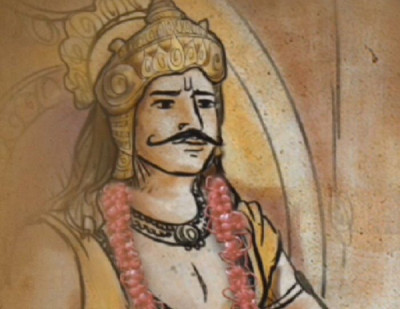Life & Legacy
Under his reign, Kamarupa experienced a period of stability and prosperity. Bhaskaravarman was a great patron of learning and culture, encouraging the growth of Sanskrit literature, arts, and architecture. His court became a hub for scholars and poets, reflecting his vision of a culturally enriched and politically strong kingdom.
Bhaskaravarman’s rule is well-documented in ancient inscriptions, literary works, and historical accounts, particularly in the writings of Chinese traveler Xuanzang, who visited Kamarupa during this period. His leadership marked the end of the Varman dynasty, but his legacy continued to influence the subsequent rulers of the region.
Remembered as a wise ruler, a skilled diplomat, and a patron of culture, Bhaskaravarman remains one of the most celebrated monarchs in the history of Assam, leaving behind a legacy of political foresight and cultural richness.
